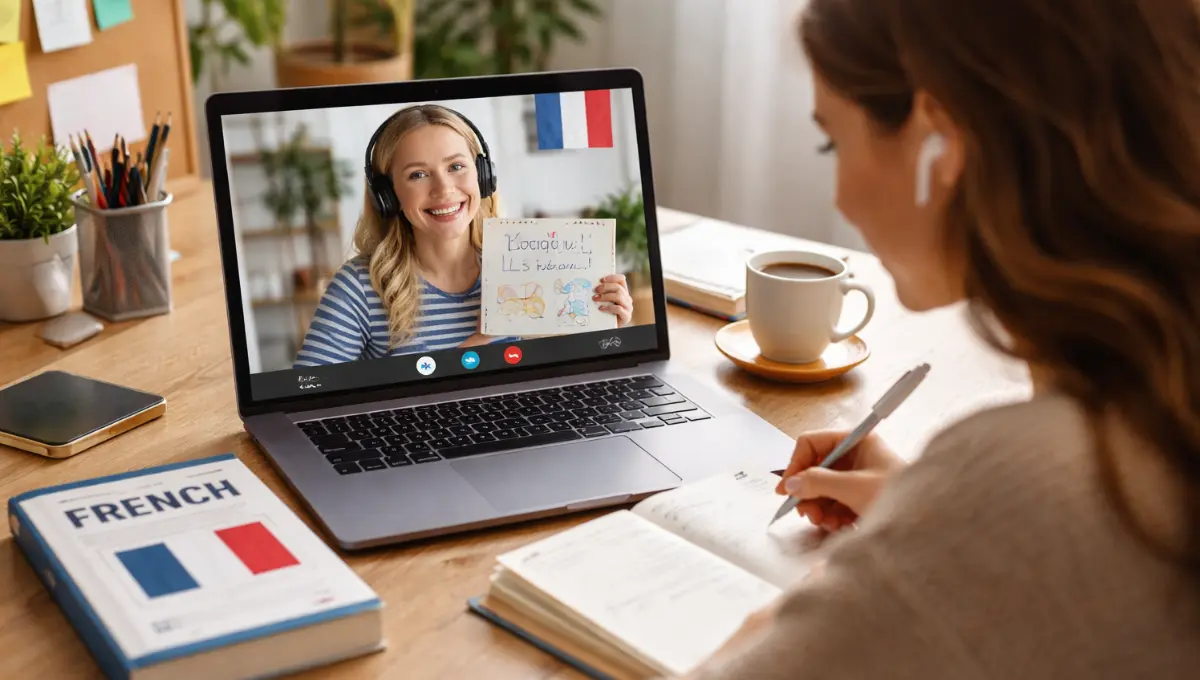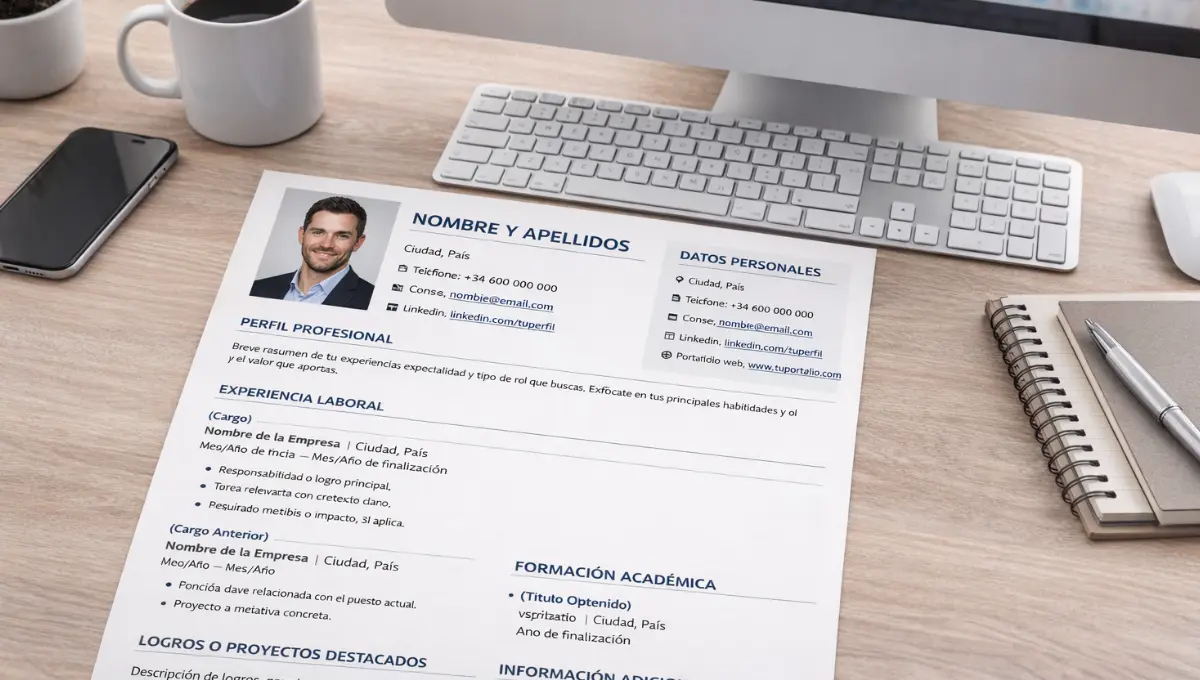How well do you understand French greetings and salutations? The first task that most aspiring French speakers take on is learning how to say “hello” in French, as well as other basic French phrases. The possibilities are endless from there. These greetings help you leave a good impression on people around you.
Without any delay, look at these ways to say have a good day and hello in French:
| Bonjour | Hello (Good Morning) |
| Salut | Hi |
| Coucou | Hey |
| Âllo | Hello |
| Bonsoir | Hello (Good Evening) |
You can learn French at home by memorizing similar phrases and try incorporating them in your daily conversations. It will give you the confidence to speak French in front of native speakers.
Properly greeting someone can create new connections and strengthen existing ones. Pronouncing “Hello” and “How are you?” correctly in French may appear to be a minor feat, but it can have a significant impact on your conversations with French speakers all over the world.
While bonjour is a good start and will get you through any passing conversation, there are a lot of other friendly French greetings. You will find ones for wishing an old friend a happy birthday and others for promising to see them again in the future. You will even find phrases to use with strangers. All of these phrases will help you improve your French and impress your bilingual friends.
You can now learn French online with italki. This platform having a wide range of positive reviews is the best stop to find French teachers. The italki French tutors are highly skilled individuals with great teaching expertise. Book your lesson plans online and start your classes right away!

Find Your Perfect Teacher
At italki, you can find your French tutor from all qualified and experienced teachers. Now experience the excellent language learning journey!
Book a trial lesson
Let’s look at some common phrases for saying hello and making a good first impression.
15 most important French greetings
Bonjour (hello), enchanté(e) (nice to meet you), bonsoir (good evening/hello), salut (hi), coucou are the most common French greetings (hey), It’s been a while, so (long time no see), llo (hello), Ça va? (How are you?), how are you doing? (How have you been?), what’s new? (How are you?) Goodbye! (Goodbye), salut (goodbye), ciao (see you later! ), À plus! (Later), tomorrow! (I’ll see you tomorrow).
In French, as in other Romantic languages, there is no one-size-fits-all approach to greeting others. The language you use is determined by your relationship with the other person, the time of day, and the social setting.
It is polite to greet people properly, so knowing when to use each option is as important as knowing the greeting itself. Remember that a good first impression can last a lifetime, especially with a romantic interest, coworker, or potential friend.
After we go over the fundamental phrases you should and should not know, we’ll go over some French etiquette basics, such as the dos and don’ts of greeting casual acquaintances and close friends in the language.
Informal and Formal French Salutations
1. Bonjour – Good morning / hello
When meeting someone for the first time of the day, you can use bonjour to say “good morning” or “hello”—similar to “aloha” in Hawaiian. If you are wondering what “good afternoon” means in French, a less formal version of “hello” is appropriate.
2. Enchanté(e) – Nice to meet you
In a more formal setting, it’s polite to express your delight at meeting someone after they introduce themselves, and this phrase is ideal for doing so. It demonstrates that you are genuinely pleased to meet someone new. This phrase is powerful enough that it might lead to a lovely friendship in the future.
3. Bonsoir – Hello / Good evening
This French phrase for “good evening” is used in situations similar to bonjour but is reserved for the evening.
4. Salut – Hi
Considered one of the more casual greetings in French, salut is appropriate when you see someone again later in the day.
5. Coucou – Hey
Close friends, such as the ones you are sure to make as a result of this new language skill, frequently use this casual French salutation. When seeing close friends, you can skip the formal bonjour and use this word, or even ciao.
6. Âllo – Hello
This French salutation is only used during phone conversations.
7. Ça va? – How are you doing?
Ca va? is a very simple way to ask someone how they are doing. This is a shortened version of the question. How is it going? – How are things going for you? Either version is correct and can be used in both formal and informal settings with nearly anyone.
8. Tu vas bien? – How are things going for you?
The literal translation is “Are you doing well?” When you expect a positive response, this is a polite way to ask someone how they are. Hopefully, you assumed correctly when you asked this question.
Dos and don’ts for how to say Hello in French
Every language has its own set of dos and don’ts, and French is no exception. If you want to make a good impression and avoid offending anyone, read on for our tips on how to say hello in French.
A few factors influence how people should be greeted in France. While greeting everyone, from colleagues to shopkeepers, is expected and considered polite, how you greet each person depends on your relationship and the setting. Different greetings and parting phrases are required for friends and strangers.
– When meeting friends in France, the traditional greeting is les bises (kisses). This is not appropriate in a formal or business setting. La bise can include one, two, or even three little kisses on the cheek, depending on the region of France. If you are unsure, let the other person take the initiative and move to one side of your face or the other. Kisses usually start on the right side of the face.
– A handshake is a formal greeting reserved for business or formal settings. When entering a business meeting, it is customary for colleagues to extend a firm handshake to demonstrate that you mean business. Men are also more likely to greet with a handshake than with une bise.
– In contrast to American greetings, hugs are only given to close family members or significant others. A hug is considered an invasion of privacy in France, and it can make someone feel uneasy if you don’t know them well enough. At get-togethers and holiday gatherings, save your hugs for close friends and family members.
If you are wondering how long it takes to learn French, know that it depends on your learning pace. Always try to look at the culture while learning a new language. Learning about culture shows the basic etiquette and manners of the people. It will also give you a chance to include them socially.
Frequently asked questions
Q. What is slang French for hello?
A. Salut!
Q. What is the reply of bonjour?
A. It is sufficient to simply respond with bonjour to those who greet you, but if you want to go a step further, you can respond with comment allez-vous, which is the French equivalent of asking how things are going.
Q. What is bonjour Senorita?
A. Translation of “Bonjour, señorita” in English is “Hello good morning, señorita”.
Conclusion
These French greetings are just the start of building real conversations. Once you’re comfortable with hellos and goodbyes, learning essentials like how to tell the time in French and other common phrases helps you handle everyday interactions with more confidence.
If you want to move past memorizing phrases and actually use them naturally, working with French teachers makes a big difference. They’ll practice greetings with you until they feel automatic, help you understand when to use formal vs. casual versions, and build your skills from there. Find online French tutors to practice these basics in real conversation.
Want to learn a language at italki?
Here are the best resources for you!



















